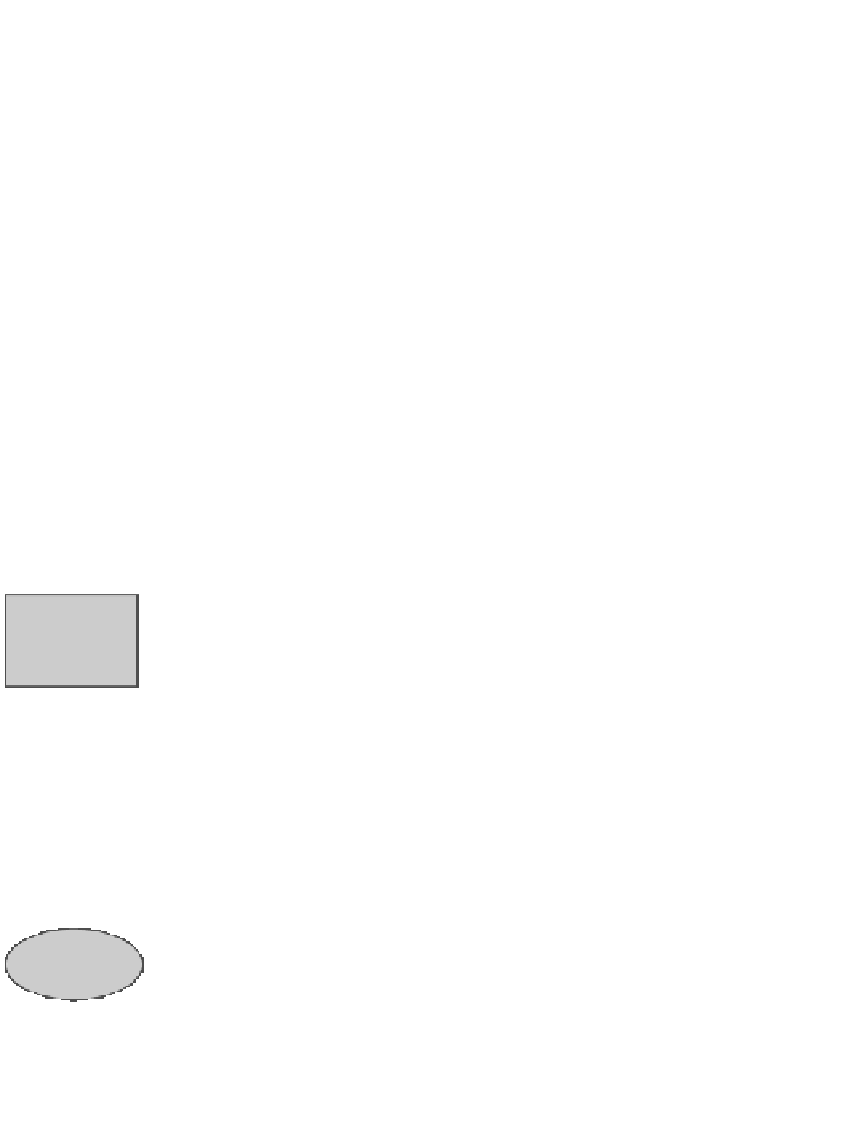Java Reference
In-Depth Information
invariant: roach population after
w
weeks is
population
and
week
w-
1's roach volume
< apartmentVolume
The postcondition and the invariant differ only in that the postcondition has
one more piece: the roach volume has exceeded the apartment volume.
We now develop the loop using our methodology.
How does it start?
The roach population after
0
weeks is
100
. So, we use
the assignments:
w= 0;
population= 100;
When does it stop?
When the roach volume is big enough: the roach vol-
ume
≥ apartmentVolume
. So the loop condition is the complement of this rela-
tion. Remember, the roach volume is the product of a single-roach volume and
the number of roaches.
How does it make progress?
The postcondition requires that
apartment-
Volume ≤
roach volume. In order to make progress toward this, the number of
roaches has to increase. According to the roach-population-growth rule at the
beginning of this section, this means adding population
* 1.25
to
population
(because the population increases by 125 percent). Here, we do the equivalent:
multiply by
5
and divide by
4
, so that all the operations are of type
int
.
How does it fix the invariant?
Because the roach population grows week-
ly, the week number increases by 1.
/*
Calculate the number
w
of weeks it takes a roach infestation to
completely fill an apartment
*/
int
w= 0;
int
population= 100; //
roach population after
w
weeks
/*
invariant: roach population after
w
weeks is
population
and
week
w-1
's roach volume
< apartmentVolume */
while
(apartmentVolume > population * .001) {
population= population + (5 * population) / 4;
w= w + 1;
See lesson
page 7-2 to ob-
tain this loop
}
7.3.2
Exponentiation
Figures. 7.1a and 7.1b contain two loops that compute the value
b
c
(
b
multiplied
by itself
c
times) where
b
and
c
are
int
s. For example,
2
3
=
2
*
2
*
2=8
; and
2
0
=
1
. We use the second loop to illustrate the power of loop invariants because
it is very hard to understood and develop without an invariant, and it is a
much
faster algorithm for computing an exponent.
Activity
7-2.3
The straightforward approach
In the first loop,
y
is the remaining number of times to multiply by
b
. Each

Search WWH ::

Custom Search